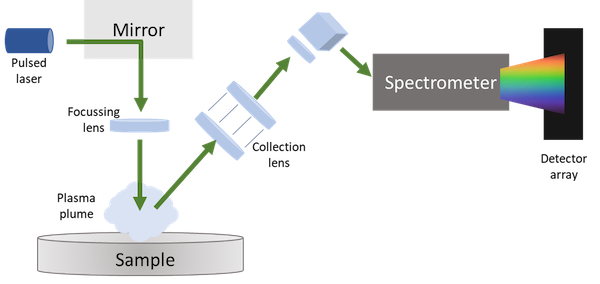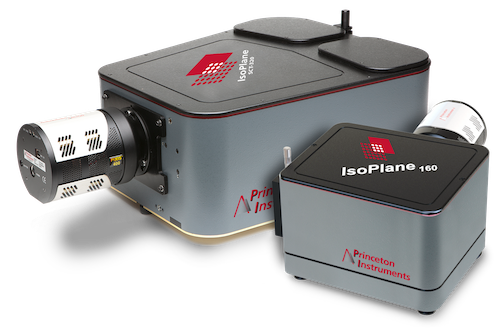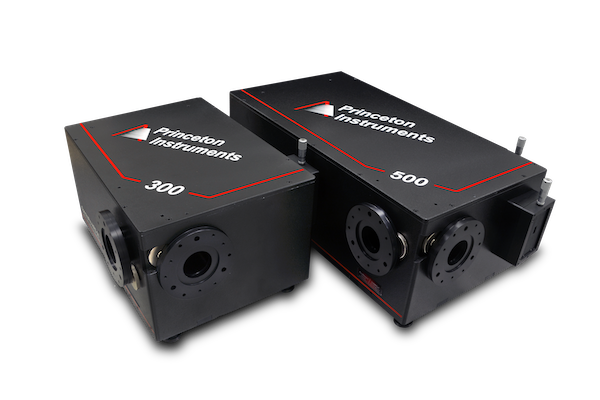Laser-Induced Breakdown Spectroscopy (LIBS)
LIBS is a technique that focusses a short laser pulse onto a sample which then heats and atomizes that sample. This produces a localized plasma plume. The plume emits light at wavelengths characteristic of atoms and ions present in the plasma which represent the elemental composition of the sample. Therefore, LIBS is a form of atomic emission spectroscopy.
LIBS is considered one of the most convenient and efficient analytical techniques for trace elemental analysis in gases, liquids, and solids. Due to this it is used in a wide range of applications from planet exploration to forensics.

Spectrometers for LIBS
IsoPlane Family
The IsoPlane family offers the highest spectral resolution and imaging performance to ensure almost perfect capture of information throughout the LIBS process.
As LIBS is an analytical technique, a broad range is essential to capture all information of the chosen sample. With a unique optical design, the IsoPlane family completely eliminates astigmatism across the focal plane. This offers multichannel capabilities to obtain broad range spectral information.
The IsoPlane family provides twice the light-gathering power of a typical Czerny-Turner spectrograph. This produces sharper images and improved resolution, ideal for detecting trace information for elemental analysis.


SpectraPro HRS
The SpectraPro HRS is the standard for reliable high-performance spectroscopy, ensuring high spectral resolution, as well as an astigmatism-corrected design for repeatable elemental analysis.
The SpectraPro HRS is also equipped with spectral deconvolution (ResXtremeTM) and a grating drive system (AccuDriveTM) for increased spectral resolution, highly important for detecting trace elements – a common application of LIBS.
The SpectraPro increases signal to noise ratio up to 60% with up to a three times improvement in wavelength accuracy, in comparison to a typical Czerny-Turner spectrograph. The SpectraPro can provide accurate and reliable spectra for all LIBS applications.
Cameras for LIBS
PI-MAX4
The PI-MAX4 delivers excellent precision timing, sensitivity, intelligence and speed through the combination of EMCCD and ICCD sensor technology.
As LIBS relies on laser-based diagnostics, a fast, reliable gating mechanism is required to remove any laser information. The PI-MAX4 offers precision gating to <500 picoseconds, ideal for removing any unwanted laser information.
LIBS is a common technique for elemental analysis, a high light throughput is required for capturing all available imaging. The coupling of the EMCCD to an imaging intensifier, present within the PI-MAX4, allows for a 6x higher light throughput between the imaging intensifier and the detector in comparison to lens-coupled configurations.

